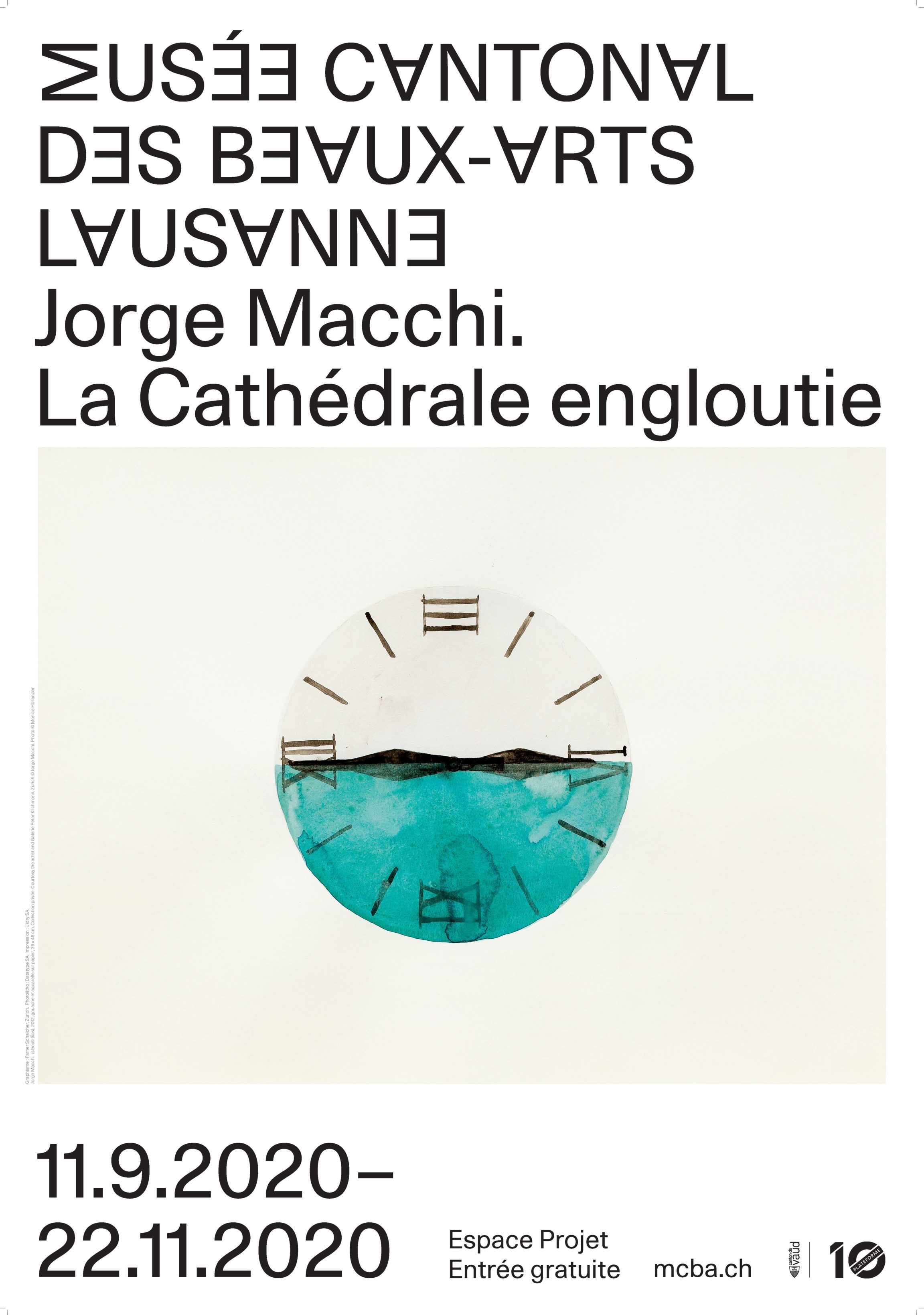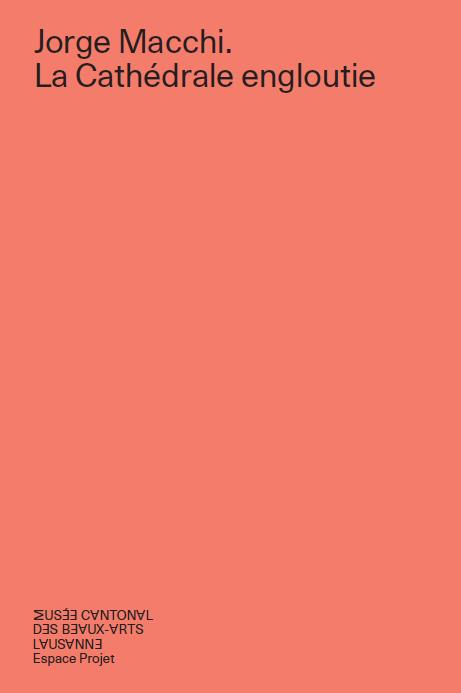
Jorge Macchi. The Submerged Cathedral
The idea of fiction lies at the heart of the work created by the artist Jorge Macchi (born in 1963; lives and works in Buenos Aires). By placing familiar objects (clocks, instruments, maps, newspapers, etc.) in carefully arranged displays, Macchi lays for us a number of visual traps. Through these he questions our ability to perceive the fragile balance of daily life, which is permanently threatened by incident.
The installation he has designed and mounted for the Espace Projet starts with the Museum’s wall of plate glass and its seven individual elements. Fascinated since the age of twenty by Claude Debussy’s prelude La Cathédrale engloutie (The Submerged Cathedral), Macchi connects the number of large windows of the exhibition room with the same number of bells hanging in the Cathedral of Lausanne to create a sound piece whose composition is based on chance, that is, visitors’ movements around and through the installation. Debussy’s La Cathédrale engloutie and hence Macchi’s installation refer to the legend of the town of Ys, which is supposed to be found somewhere along the Breton coast, although it sank beneath the waves long ago. From time to time, the bells of the Cathedral of Ys can be heard tolling in the deep waters of the sea. Jorge Macchi has set up a remembrance of Ys and the Debussy prelude by heightening the optical and echo effects that are peculiar to underwater sound.
Official website: jorgemacchi.com
Curated by Laurence Schmidlin, curator of contemporary art
The sound installation was developed by Manuel Eguía with the support of the Universidad Nacional de Quilmes, Argentina.
Images and music
Music: Claude Debussy, composer and performer
Interview, video: MCBA, Loïse Cuendet
Photos: MCBA, Nora Rupp
